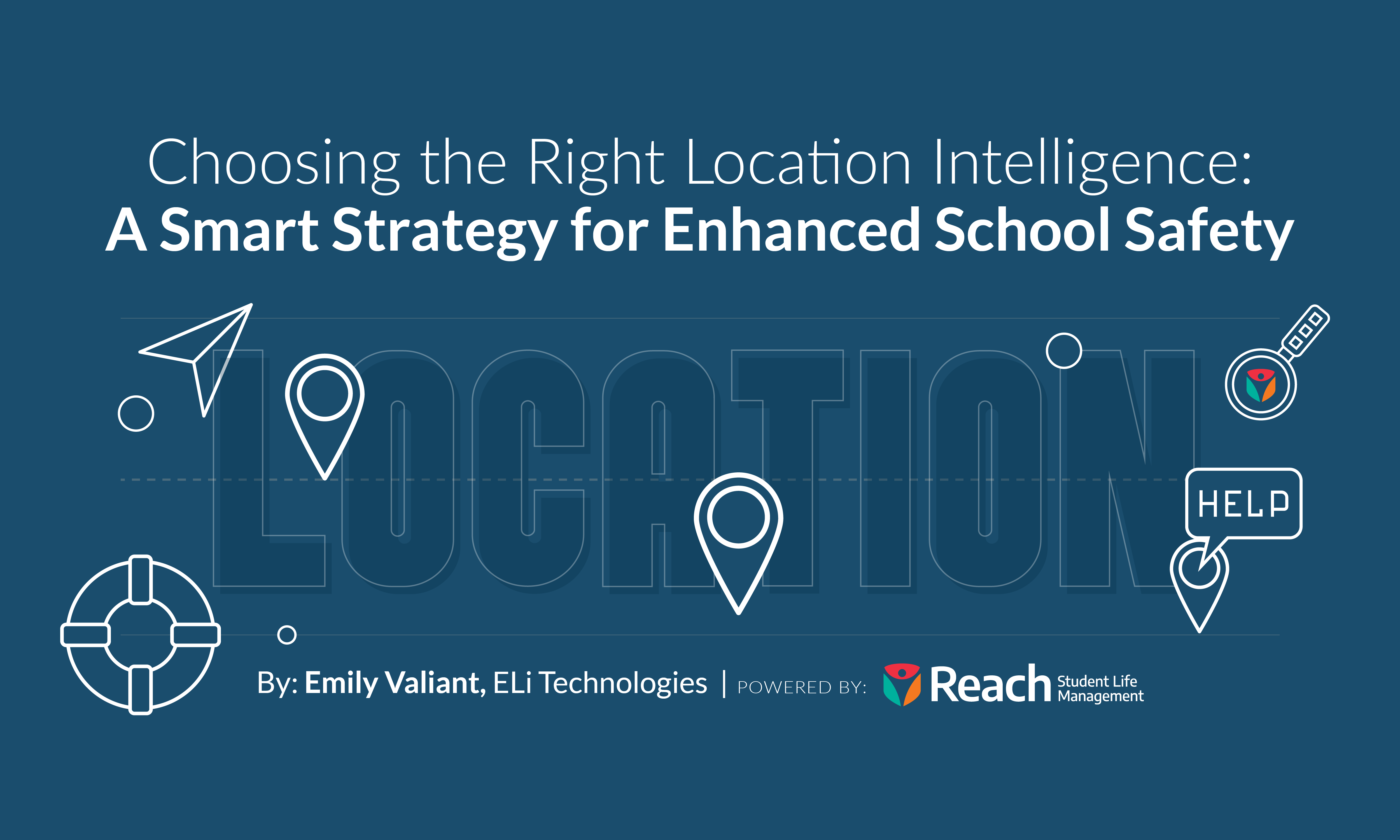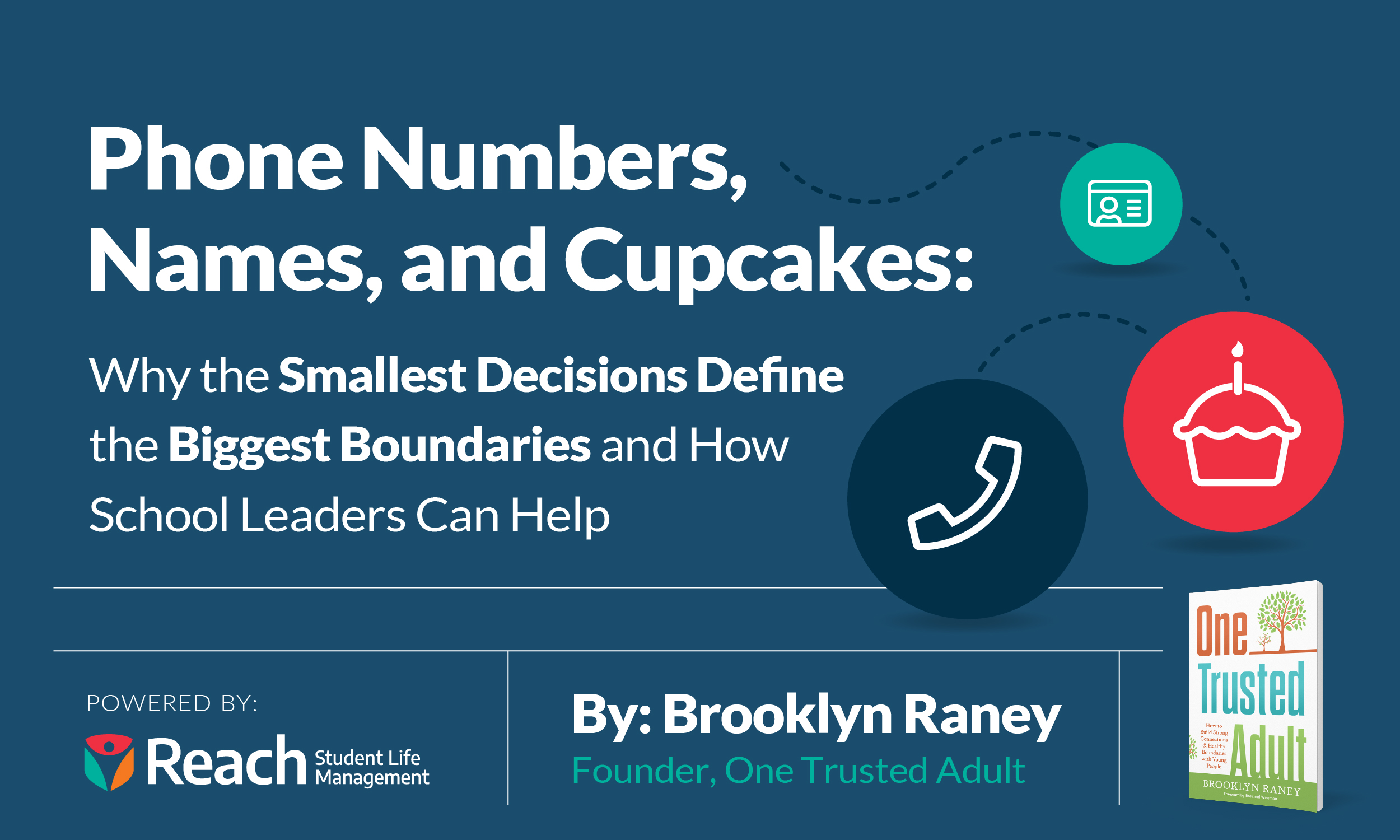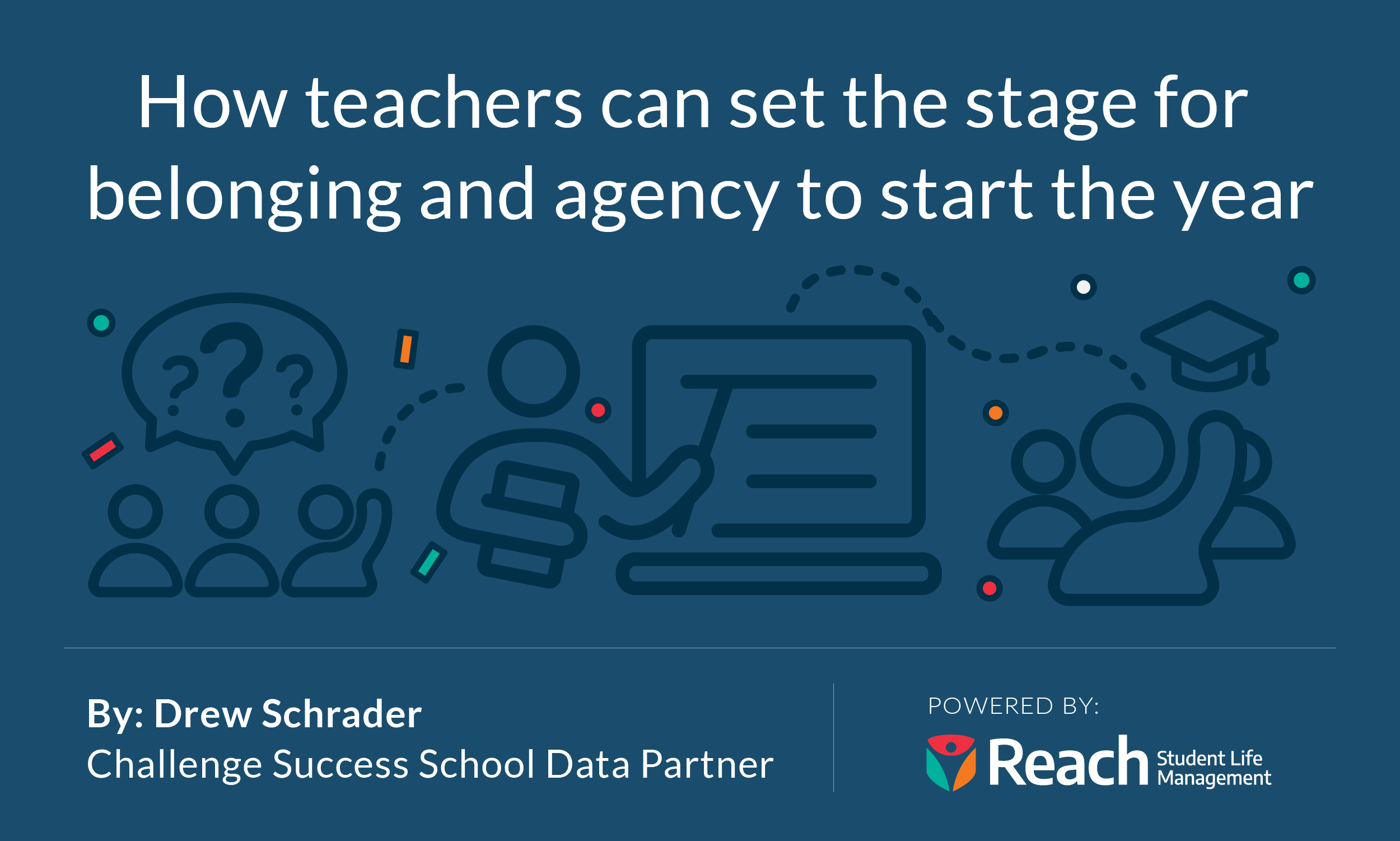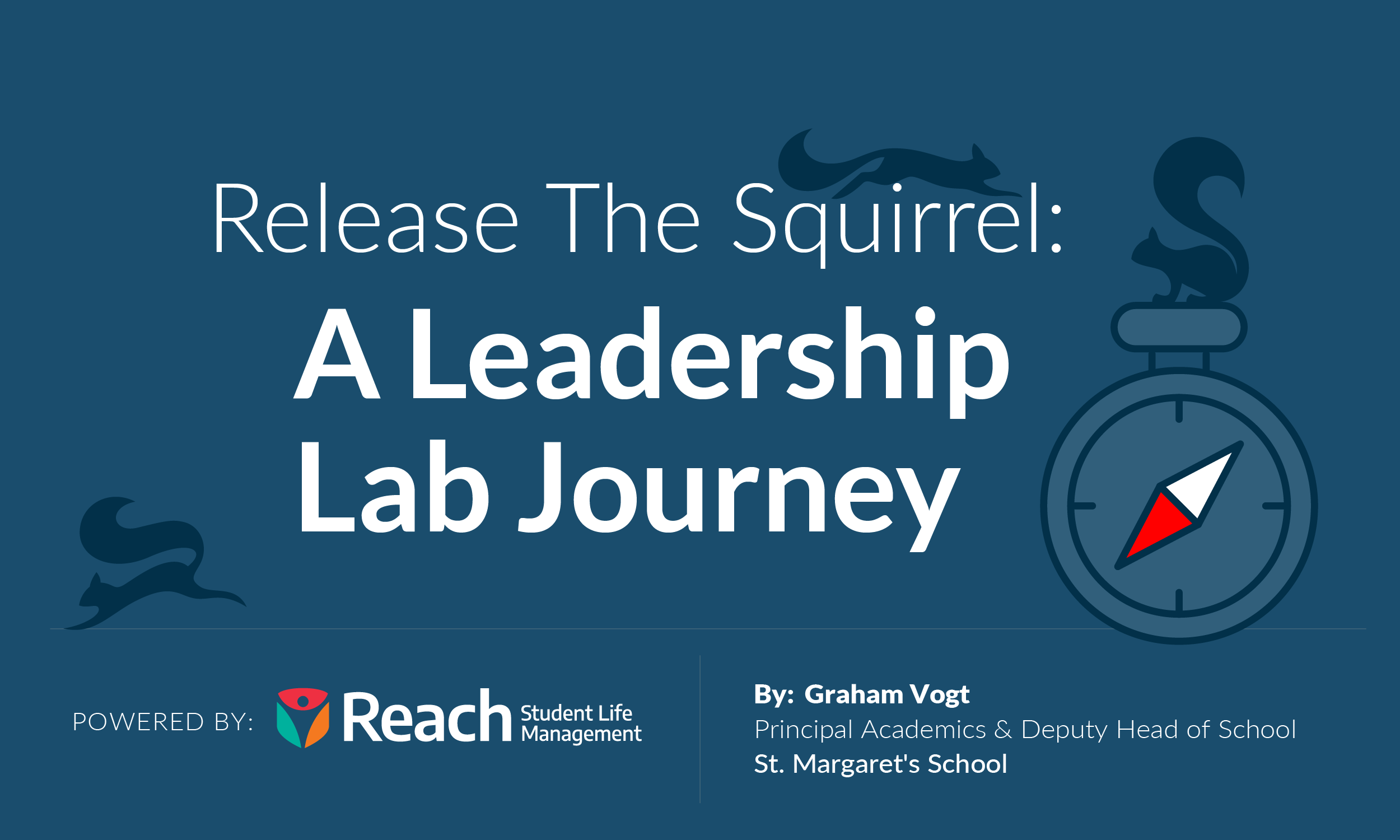By Emily Valiant,
Director of Marketing & Communications at ELi Technologies

As concerns about school safety intensify, school districts nationwide are investing in incident management platforms and safety applications such as Reach Student Management and its Emergency Response. These tools are designed to support and enhance the security of students and staff by providing real-time situational awareness to school security teams, administrative staff, and 9-1-1 first responders, ensuring help arrives quickly and precisely where it is needed.
A critical component of these solutions is Location Intelligence (LI), which involves deriving meaningful insights from geospatial data. The more reliable and accurate this location data becomes, the more effectively responders can pinpoint where a critical event, alert, or medical incident is occurring within school buildings and grounds.
Various location technologies are utilized for LI, each with different capabilities and efficiencies. The most commonly used technologies include GPS, cell networks, Bluetooth, and crowd-sourced Wi-Fi. However, each of these has its limitations:

GPS and Cell Networks: Are primarily effective for outdoor environments. Often providing broad, estimated locations or search areas, which can range from 50 meters to several kilometers. In dense urban areas, network dead zones and GPS canyoning can hinder accuracy, limiting the ability to locate incidents within specific buildings.

Bluetooth: Offers indoor location accuracy to within a few meters of the nearest beacon, but requires extensive sensor/ mesh deployment, which can be costly and challenging for schools to maintain. Additionally, Bluetooth is less effective for outdoor locations like fields or stadiums.

Crowd-Sourced Wi-Fi: Providing indoor location data, it is not quite as precise as Bluetooth. It does also suffer from signal distortion and absorption, leading to inaccurate results and raising privacy concerns due to data sharing.
The ideal location technology must be reliable, highly accurate, cost-efficient, easy to deploy, and low maintenance. It should provide real-time, understandable location information in a format that everyone can interpret, such as a civic address, especially during emergencies when clear communication is vital.
Introducing ATLS: A Game-Changer for School Safety
A new service integrated into Reach’s Emergency Response Module, called ATLS, is revolutionizing the way location intelligence is provided during emergencies. ATLS’s groundbreaking capabilities ensure that emergency responders and school administrators have access to the most detailed and accurate location information available.
ATLS utilizes a patented location methodology allowing it to deliver specific spatial data, including room, floor, building, and street address information, in real-time during any event. This ensures school administrators, security personnel, and external responders can quickly and accurately locate and respond to any emergency, and features such as student check-in and rostering, or emergency pre-planning are supported with improved intelligence.
By investing in advanced technological services like ATLS, Reach is ensuring school safety measures are not only up-to-date but are highly effective in protecting students and staff, providing peace of mind for everyone involved and better emergency outcomes.
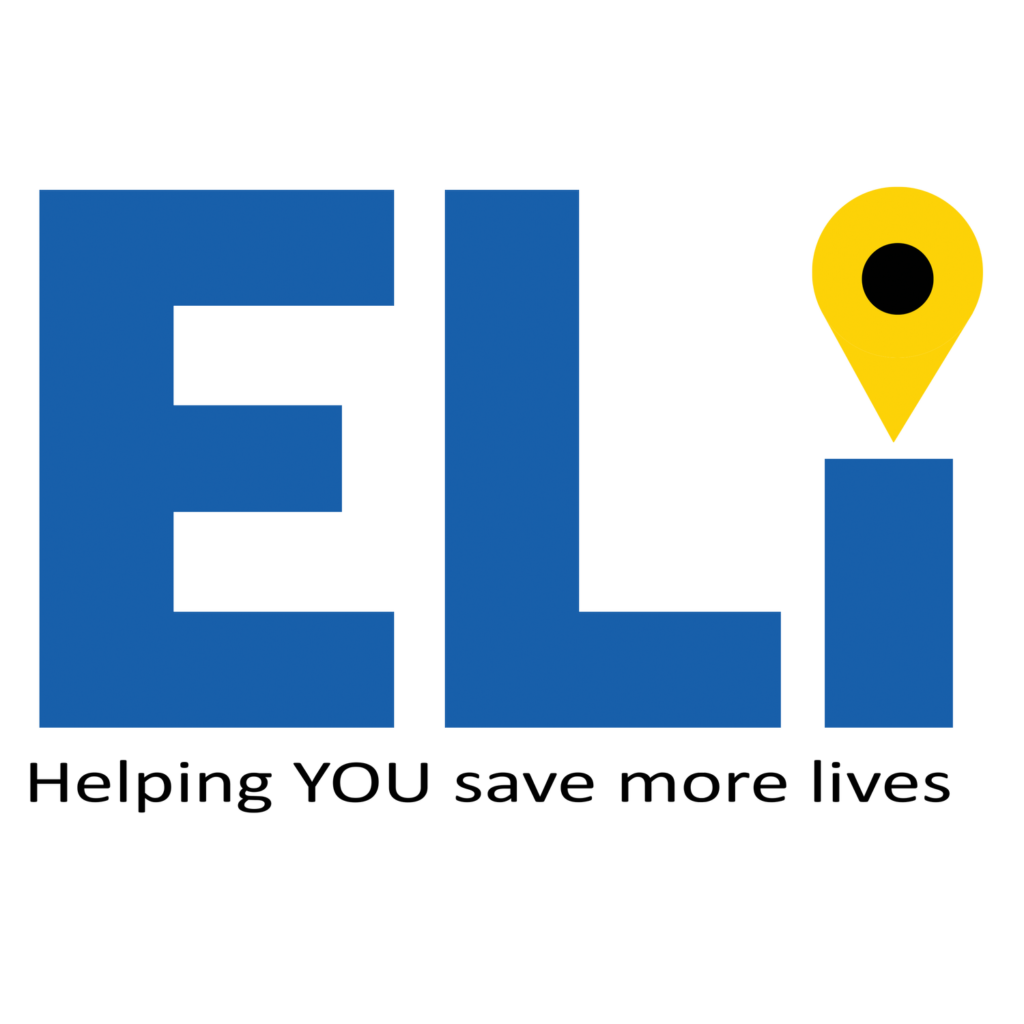
A Chemistry graduate, Emily is a communications and media professional with over 25 years of experience in Advertising, Sales, Marketing, Communications, and Business Development. Having worked for two renowned media companies, and several start-ups based in the UK, South Africa, and Canada, and across industries including Technology, Broadcasting & Print/ Online Media, Public Safety, Fitness, Healthcare, Education, Conservation, and Aviation. Emily was previously COO of a helicopter leasing company, a paid-on-call firefighter, a personal trainer, and a qualified Game Ranger.
Emily currently provides senior management oversight and leadership to support the successful delivery of ELi’s communications and marketing projects, to establish, enhance, and drive strategic relationships and partnerships. Emily works to generate, build, and maintain corporate visibility, reputation, and credibility through extensive and creative communication channels, branding, and content.
